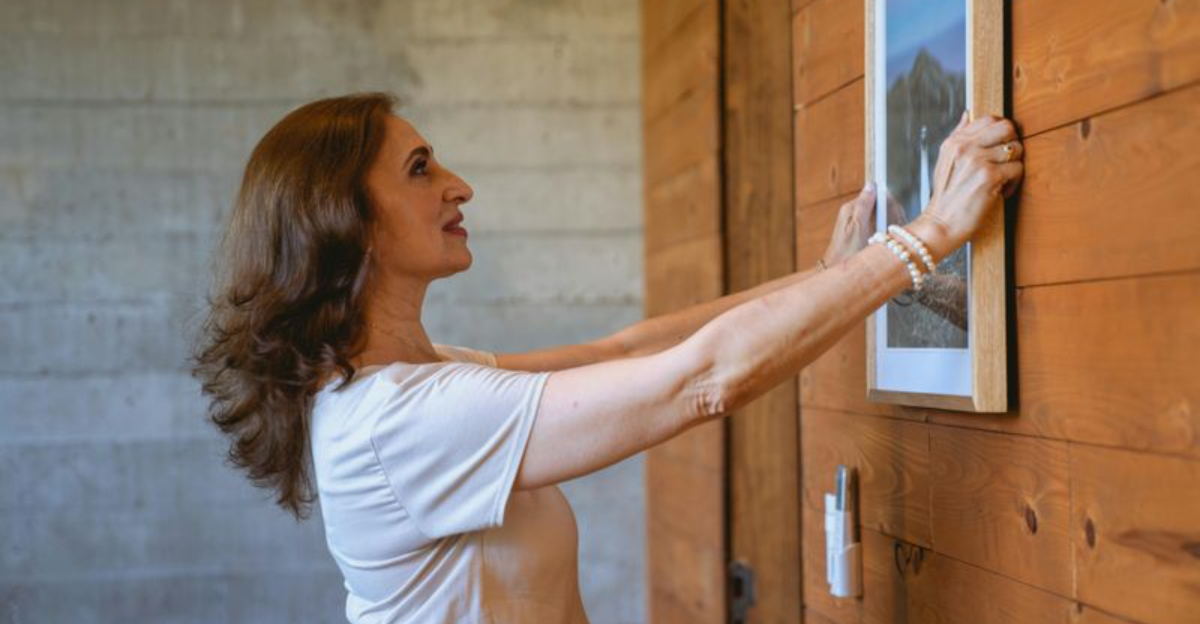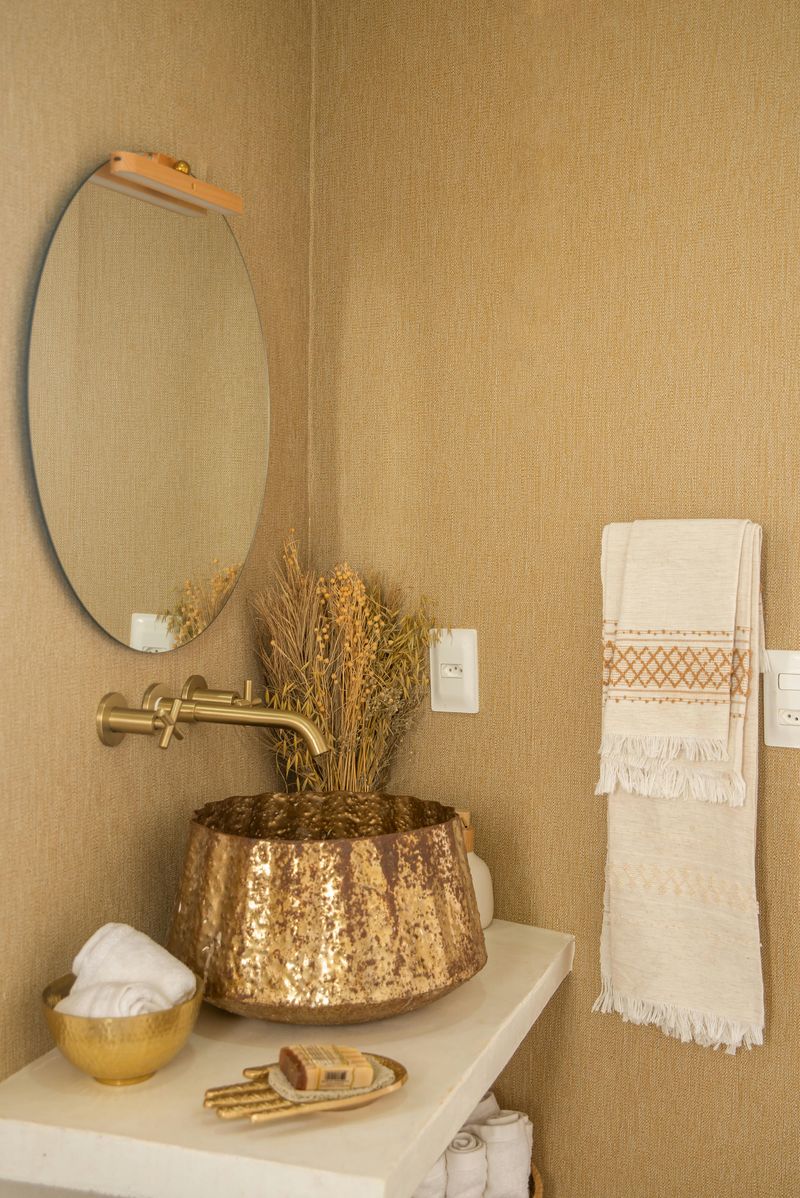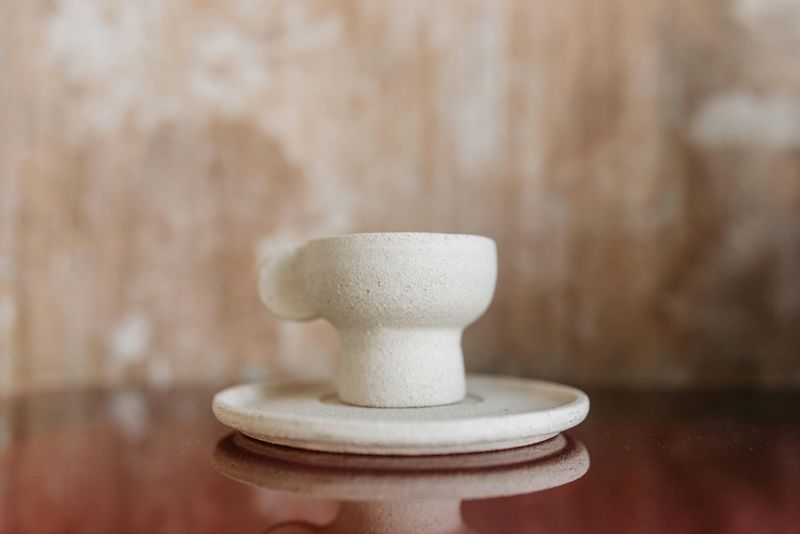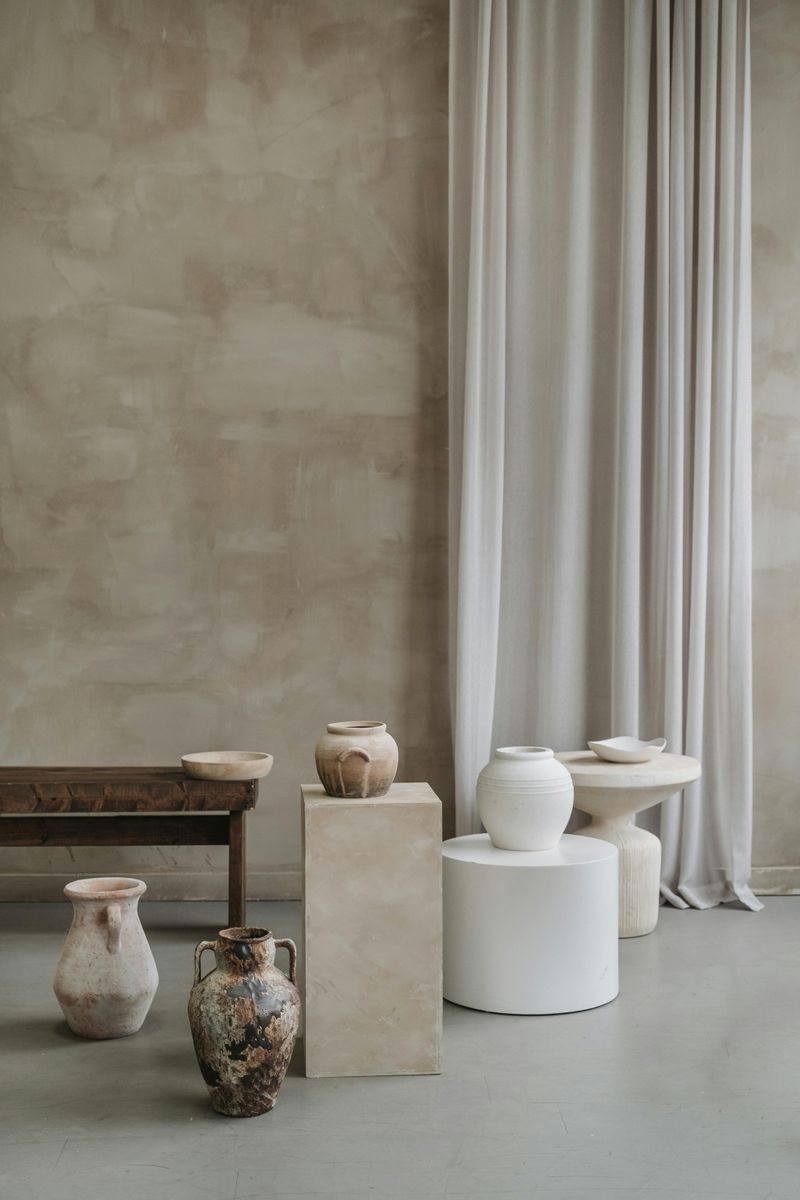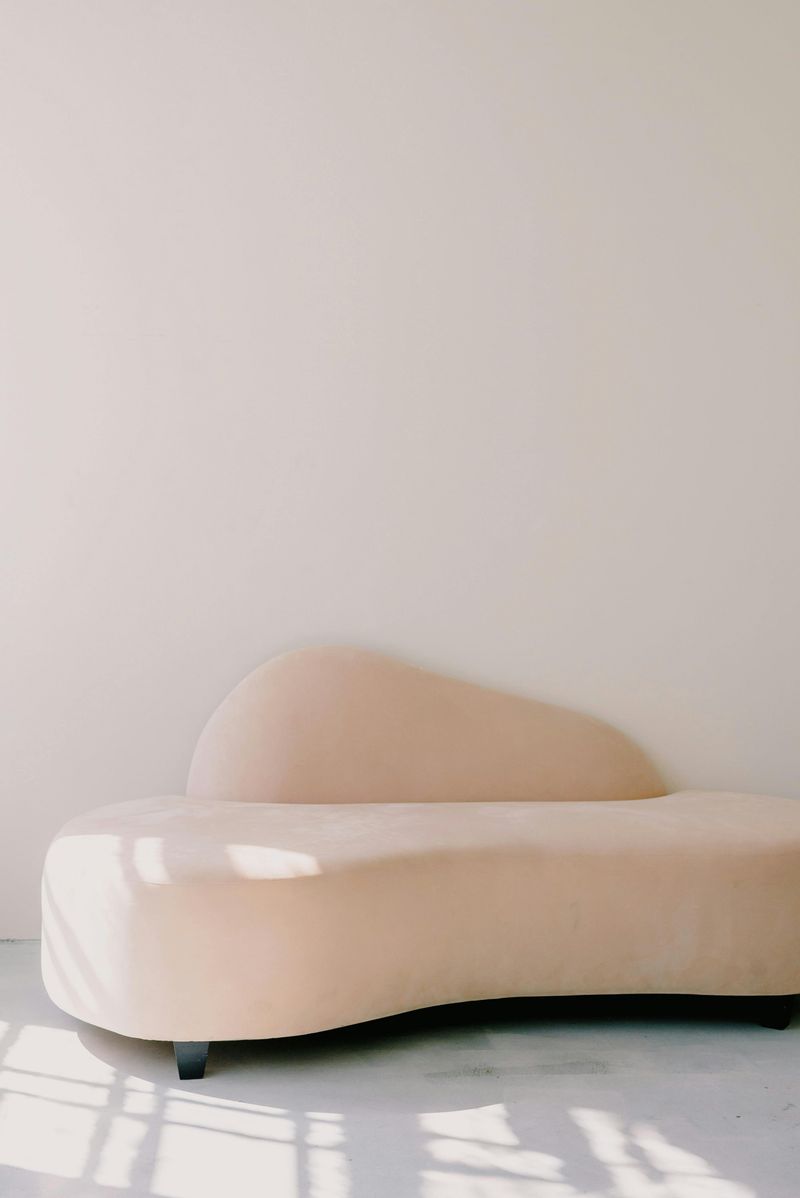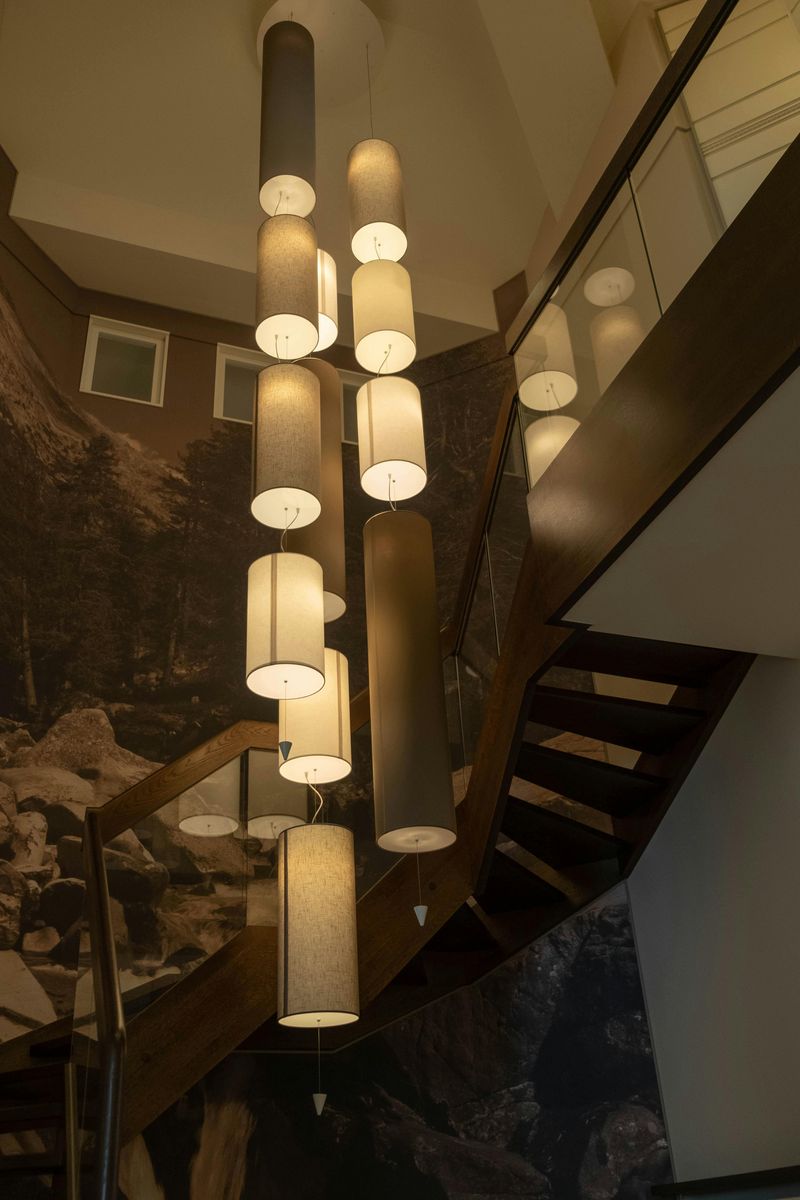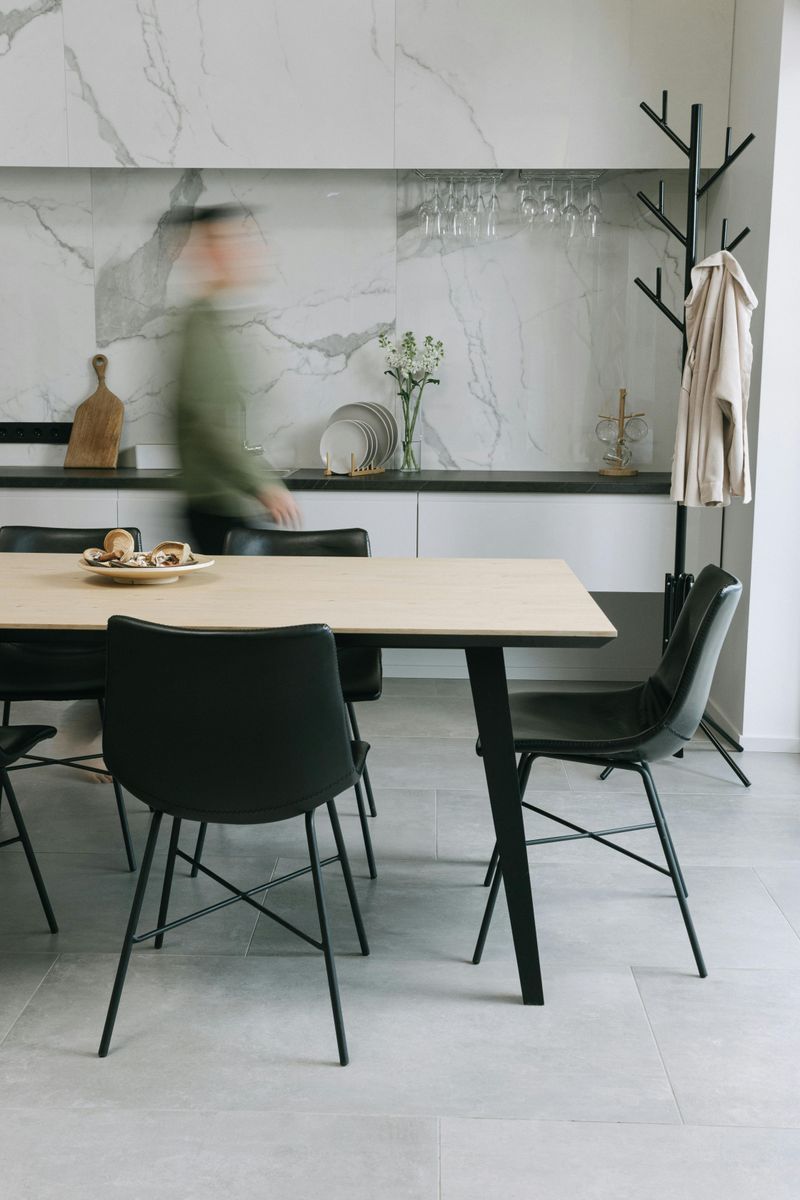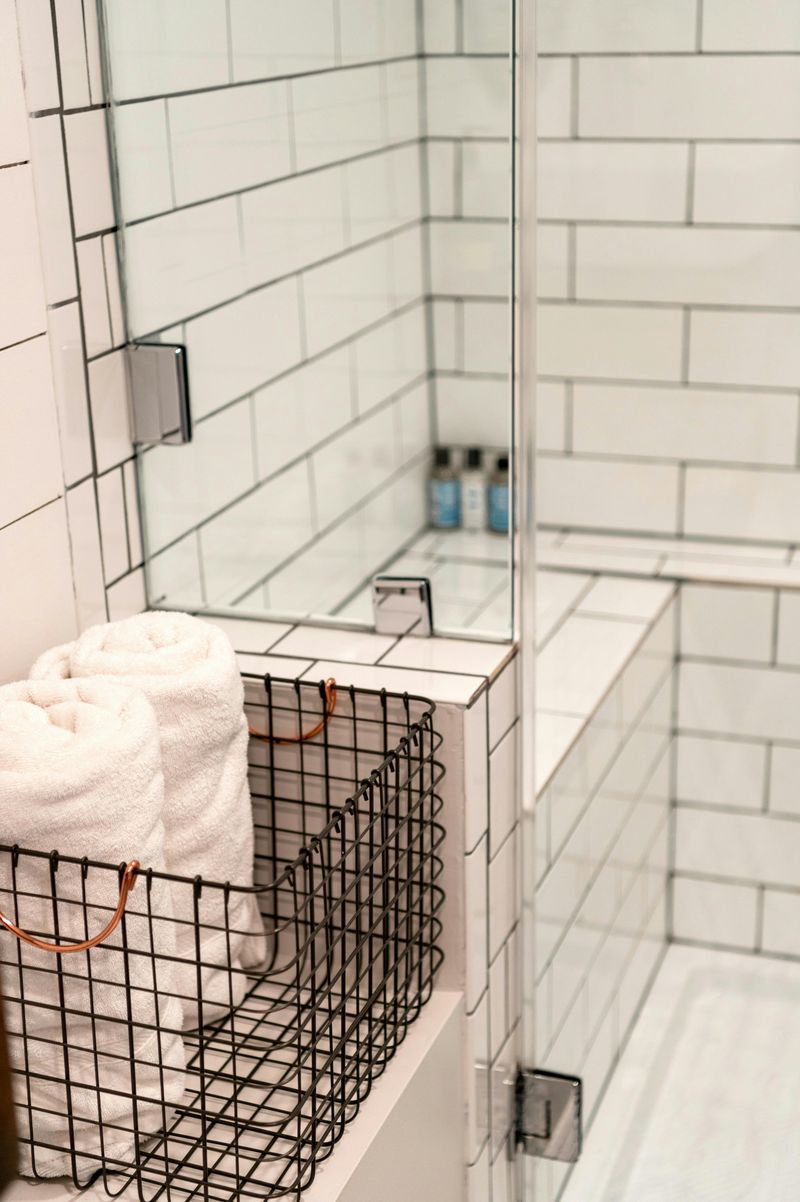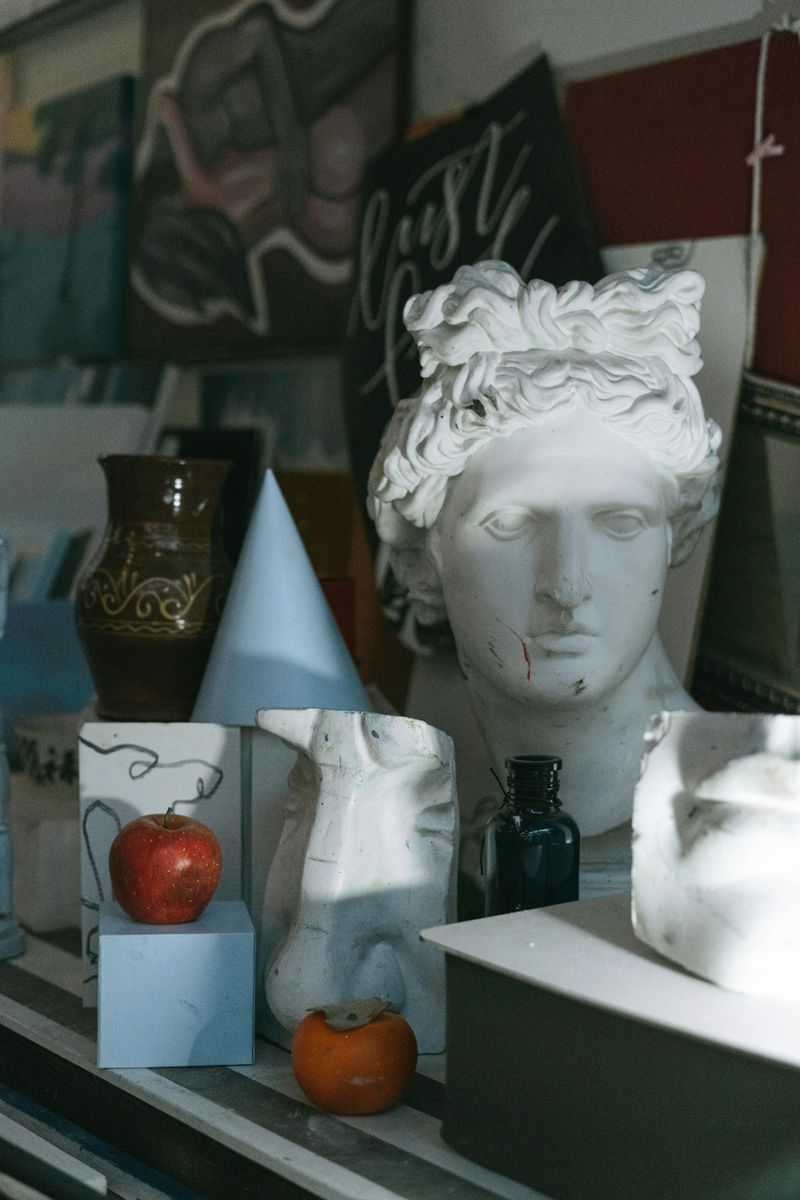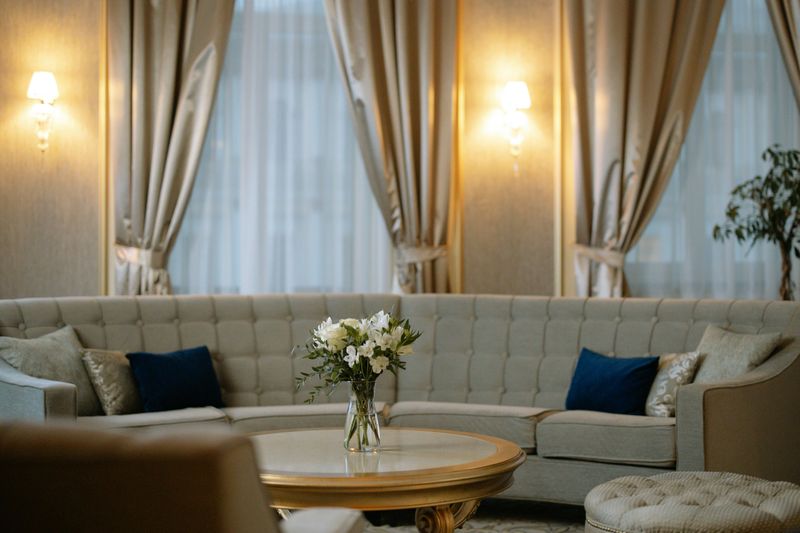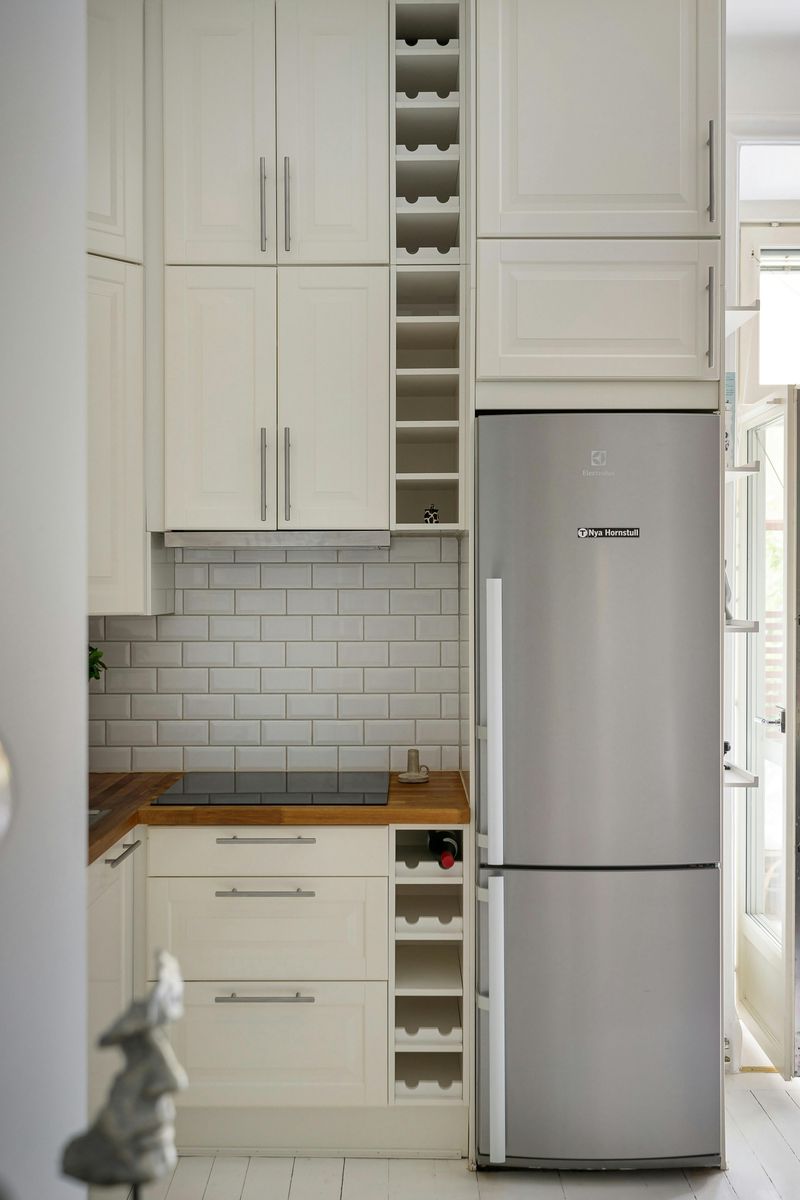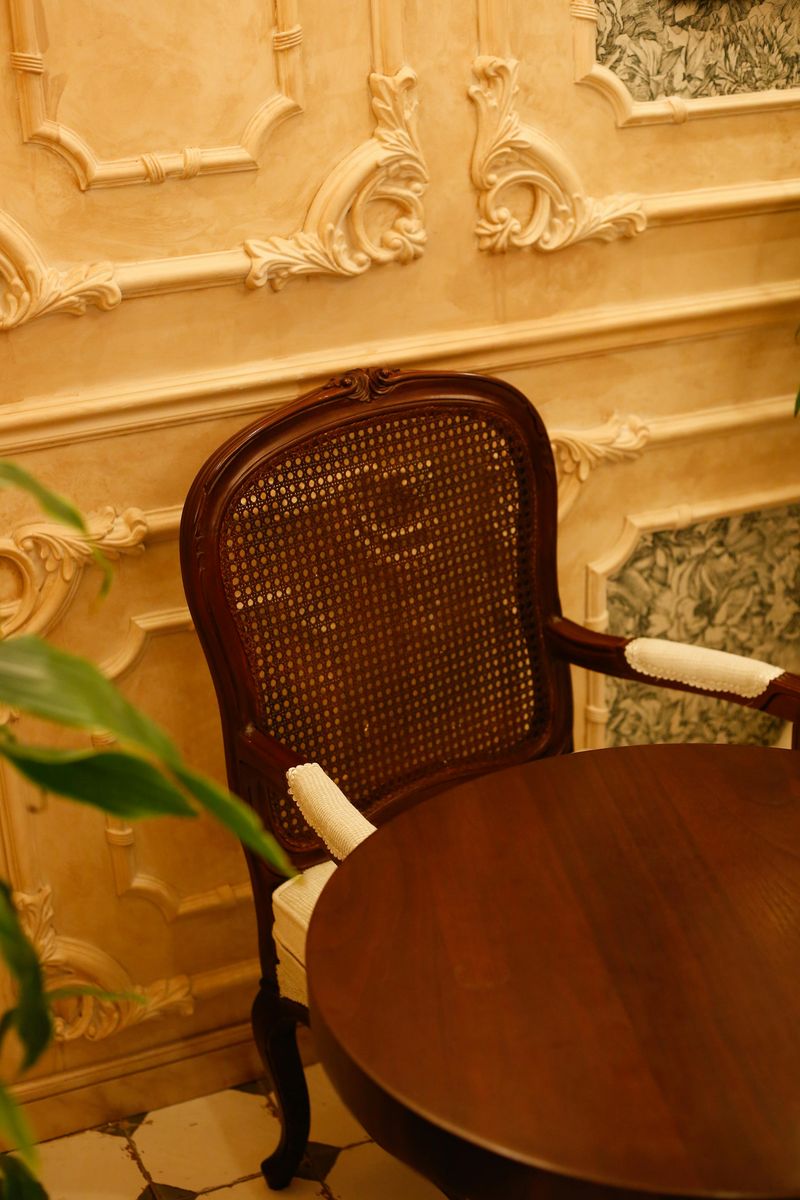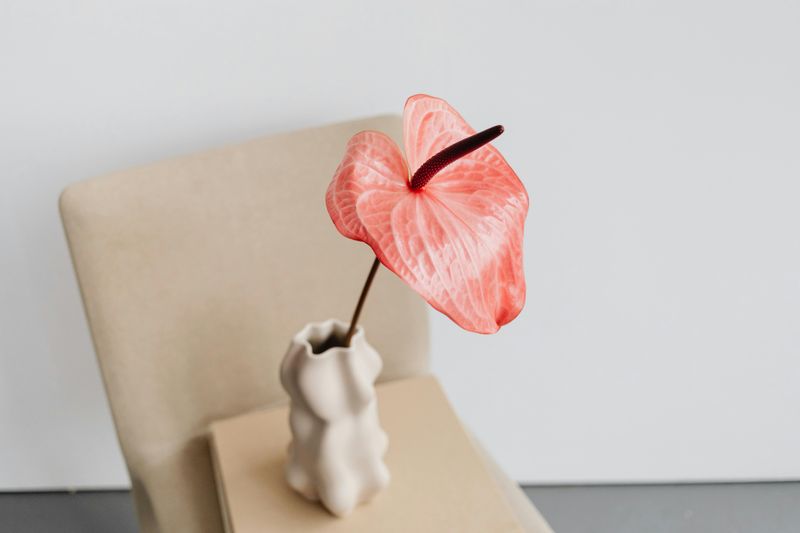True luxury doesn’t always shout for attention. The most elegant homes often whisper sophistication through thoughtful choices that feel natural and effortless. From rich textures to handcrafted details, these design trends prove that you don’t need flashy statements to create a space that feels expensive and welcoming.
1. High-Quality Materials
Solid wood, unlacquered brass, natural stone, and beautifully tailored upholstery create an immediate sense of refinement. These materials feel substantial and authentic, offering a tactile experience that cheaper alternatives simply cannot match.
A single well-made element can transform an entire room. Consider a stone tabletop or a perfectly crafted brass handle—these details speak volumes about quality without needing to announce themselves loudly.
Investing in fewer pieces made from superior materials creates a more lasting impression than filling a space with decorative items. The weight, texture, and durability of premium materials elevate your home in ways that feel natural and timeless.
2. Warm Neutrals and Earthy Tones
Stark white and cool grey have given way to warmer, more inviting shades. Taupe, mushroom, clay, and muted greens create a foundation that feels both calming and rich, making any room appear instantly more sophisticated.
These earthy tones work beautifully together, allowing you to layer different shades without creating visual chaos. The warmth they bring makes spaces feel more welcoming and lived-in, yet undeniably elegant.
Painting walls or choosing furniture in these colors requires minimal effort but delivers maximum impact. The result is a backdrop that feels expensive and intentional, setting the perfect stage for your favorite pieces and personal touches throughout your home.
3. Rich Texture and Layering
Linen, boucle, plaster walls, matte finishes, fluted wood, and woven textiles bring depth without creating visual noise. When you layer different textures, rooms feel intentionally designed and invite people to touch and explore.
Even within a simple color palette, texture creates interest and sophistication. A linen sofa paired with a woven rug and plaster walls tells a story of thoughtful curation and attention to detail.
This approach works because it engages multiple senses rather than relying solely on color or pattern. The tactile quality of well-chosen textures makes spaces feel custom and high-end, proving that luxury often comes from what you feel rather than what you see at first glance.
4. Curved Furniture and Architecture
Rounded sofas, arched doorways, circular tables, and curved cabinetry introduce softness and sculptural elegance to any space. These shapes feel custom and high-end, moving away from the harsh angles that dominated design for years.
Curves create natural movement and harmony within a room. Your eye flows smoothly from one element to another, making spaces feel more cohesive and thoughtfully planned.
You don’t need bold colors or busy patterns when curves provide visual interest through form alone. A single curved sofa can become the focal point of a living room, demonstrating how shape itself can communicate luxury and careful consideration in design choices.
5. Layered Lighting
Sculptural fixtures, warm bulbs, and dimmable lamps work together to create atmosphere in ways a single overhead light never could. Luxury interiors always include ambient, task, and accent lighting working in harmony.
The right lighting transforms even modest furniture into something refined and thoughtful. Shadows and highlights add dimension, while warm tones make spaces feel inviting rather than sterile.
Consider how different activities require different lighting needs throughout the day. Morning coffee needs bright task lighting, while evening relaxation calls for soft ambient glow. Installing dimmers and choosing sculptural pieces that double as art ensures your lighting serves both practical and aesthetic purposes beautifully.
6. Natural Stone and Refined Surfaces
Marble, travertine, and quartzite signal permanence and craftsmanship in ways that synthetic materials cannot replicate. Each piece carries unique veining and character, making your space feel one-of-a-kind.
You don’t need entire countertops to benefit from stone’s sophistication. Small applications like side tables, bathroom vanities, or decorative bowls add grounded elegance without overwhelming your budget or design.
Natural stone ages beautifully, developing a patina that tells the story of your home. Unlike trends that come and go, stone remains timeless, offering both visual beauty and tactile pleasure that instantly elevates any room it inhabits.
7. Minimal Clutter Maximum Detail
Fewer pieces with better craftsmanship make a bigger impact than cluttered displays. Clean spaces allow each item to shine, giving your carefully chosen pieces the attention they deserve.
Restraint communicates confidence in your design choices. When every object has a purpose and a story, your home feels curated rather than collected haphazardly over time.
This approach requires discipline but delivers remarkable results. Instead of filling every surface, choose one striking object per area. The negative space around your pieces becomes just as important as the pieces themselves, creating a sense of calm and luxury that cluttered rooms can never achieve.
8. Curated Artwork and Objects
A single striking artwork, heirloom object, or sculptural vase can define an entire room. Meaningful selection matters far more than quantity when creating spaces that feel both personal and refined.
Did you know that gallery owners often use this principle? They display fewer pieces with more space around each one, allowing viewers to truly appreciate individual works rather than feeling overwhelmed.
Curation creates personality while maintaining sophistication. Choose pieces that resonate with you personally—whether inherited treasures, travel finds, or contemporary art. When each object tells a story and commands its own space, your home reflects genuine taste rather than following formulaic decorating rules mindlessly.
9. Comfort as a Design Principle
Soft seating, cozy corners, layered bedding, warm lighting, and intuitive layouts define modern luxury. The goal is creating a home that feels as good as it looks, blending relaxation with understated elegance.
Comfort shouldn’t mean sacrificing style. Today’s most elegant spaces prioritize wellness and physical ease, recognizing that true luxury means feeling completely at home in your surroundings.
Think about how you actually use each room. Place seating where natural light falls, create reading nooks with proper lighting, and choose fabrics that invite touch. When comfort guides your design decisions, spaces naturally become more inviting and feel genuinely luxurious rather than merely looking expensive.
10. Hidden Storage and Seamless Design
Integrated cabinets, wall-to-wall joinery, and concealed appliances keep rooms visually calm. Clutter-free spaces always feel more luxurious because they allow architecture and materials to take center stage.
Hidden storage solves practical problems while maintaining aesthetic beauty. Remote controls, charging cables, and everyday items disappear behind seamless doors, leaving only your carefully chosen pieces visible.
This trend reflects a shift toward intentional living. When everything has a designated place behind closed doors, maintaining a beautiful home becomes effortless. The result is spaces that photograph beautifully and function perfectly, proving that smart storage solutions are among the best investments for achieving quiet luxury.
11. Artisan and Sustainable Craftsmanship
Carved wood, woven pieces, artisan ceramics, and reclaimed materials add soul and quiet sophistication. Handmade items provide texture, authenticity, and a sense of story that mass-produced decor simply cannot offer.
Supporting artisans means owning pieces with genuine character. Small imperfections become marks of authenticity rather than flaws, reminding us that human hands created something beautiful and functional.
Sustainability enhances luxury rather than diminishing it. Reclaimed wood carries history in its grain, while handwoven textiles showcase traditional techniques passed through generations. These pieces feel more luxurious precisely because they connect us to makers and materials, creating homes with meaning beyond surface beauty alone.
12. Muted Accent Colors
Olive, terracotta, deep mustard, and muted blue add depth without breaking the calm aesthetic. While neutral bases dominate quiet luxury, these subtle pops of color prevent spaces from feeling flat or lifeless.
Repeating the same accent color in small doses throughout a room creates cohesion. A terracotta vase might echo pillows in the same shade, while muted blue artwork connects with a ceramic bowl nearby.
This approach offers the best of both worlds—neutral serenity with personality and warmth. The colors chosen feel organic and earthy rather than bright or demanding, maintaining the sophisticated atmosphere while adding visual interest that keeps your eye moving naturally through the space.
